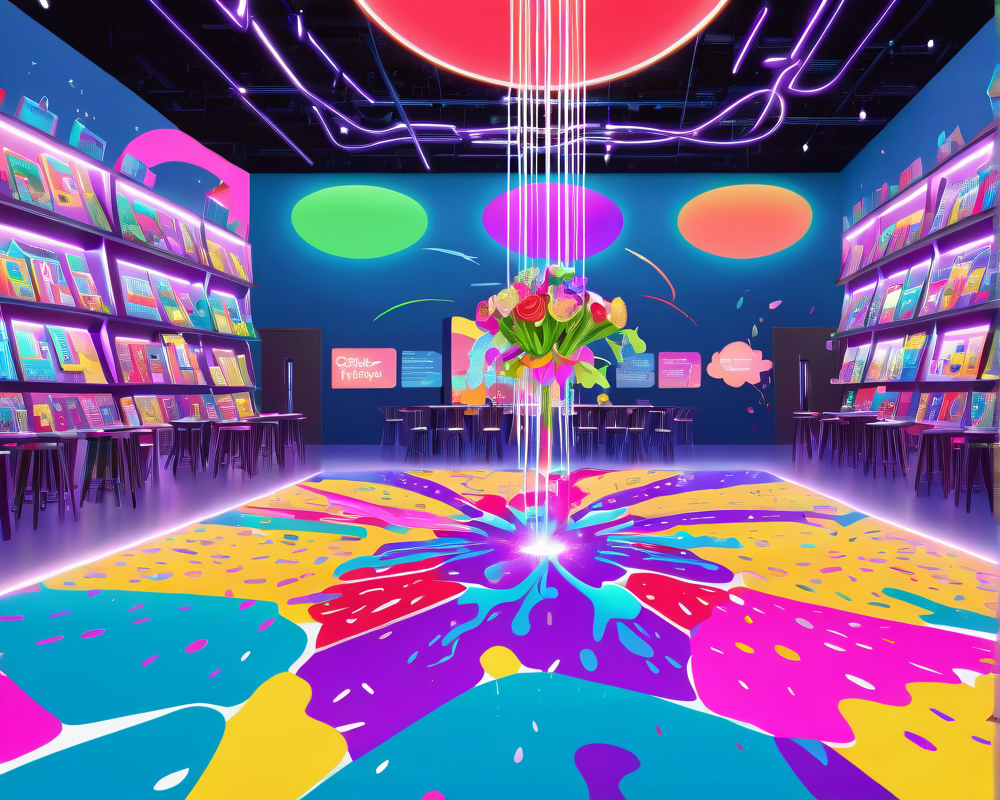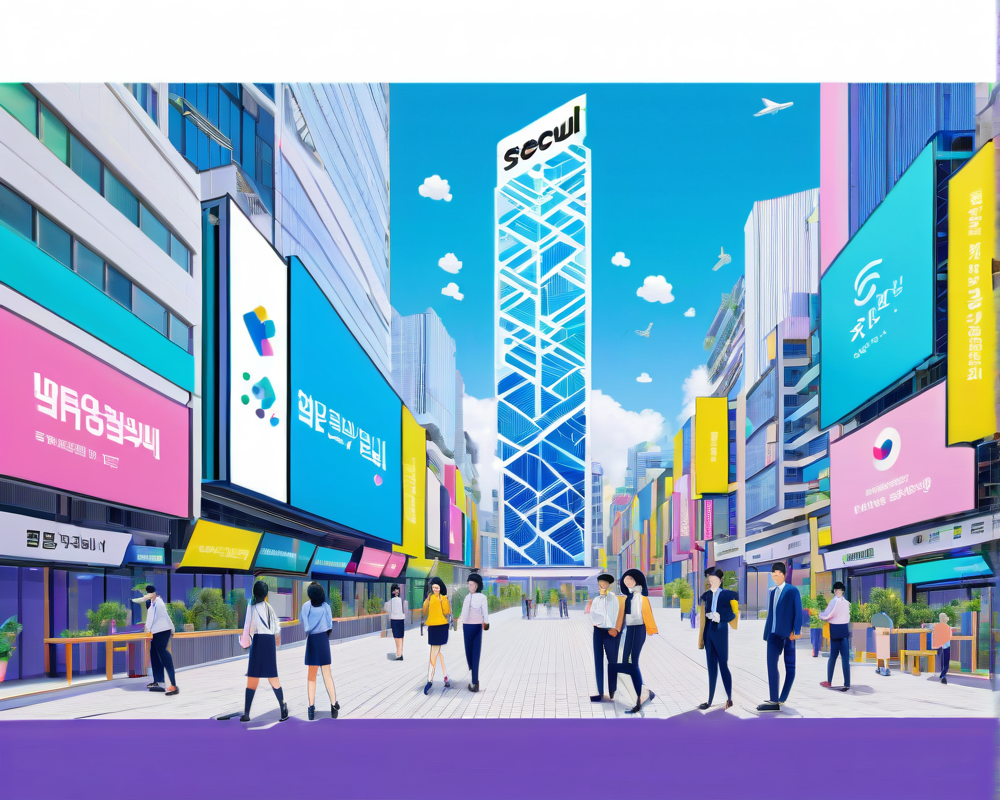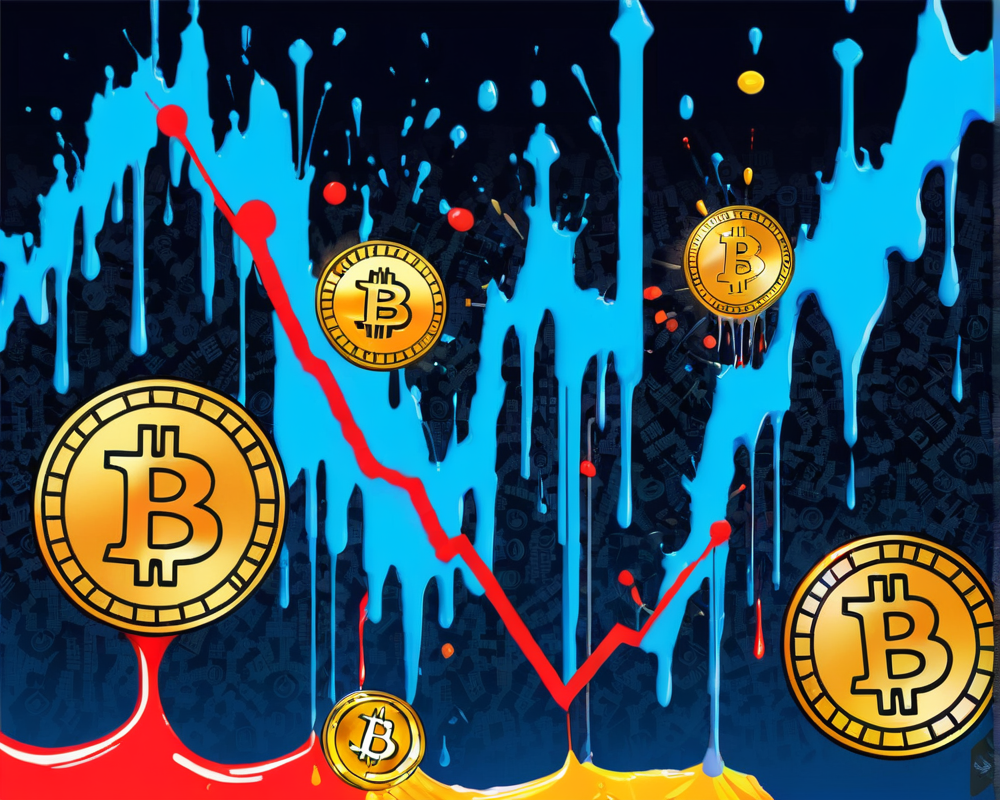The Metaverse Dilemma: A Branding Catastrophe
Meta’s ambitious push to redefine the metaverse has had quite the opposite effect. According to Daniel Alegre, CEO of Yuga Labs, it’s almost as if the company single-handedly coined the term and then dropped the mic in failure. “They really did ruin the term,” he said, adding that this wasn’t a blank canvas they were painting on; many had already claimed their piece of the digital landscape long before Meta tried to create its own world.
A League of Its Own: Existing Realities in the Metaverse
Alegre, once at Activision Blizzard, pointed out that the metaverse isn’t a new idea—it’s been living among us, thriving in vibrant communities, thanks to platforms like World of Warcraft and Fortnite. These beloved games have their own worlds with deep lore and player interaction, essentially functioning as metaverses. So, when Meta came in declaring, “This is something brand new,” the echoes of experienced gamers simply sighed in unison.
What Went Wrong? A Case Study of Horizon Worlds
Citing the low user base of Meta’s vision, Alegre described entries to Horizon Worlds where users seem to be caught wondering, “Now what?” Like stepping into a party where everyone’s too busy checking their phone to mingle, it’s a flop. While there’s potential, it seems the space lacks the community-driven urgency that builds a thriving digital neighborhood.
Otherside: A Community-Driven Digital Haven
Contrast this with Yuga Labs’ upcoming Otherside metaverse. Alegre emphasizes that Otherside was developed out of demand from the community seeking a gathering space. This isn’t just another pixelated playground; it’s a destination designed for non-fungible token (NFT) holders to interact. Imagine a virtual clubhouse, but one where the digital drinks actually do mix… virtually, of course!
Divergent Paths: NFTs and Community Connections
Alegre dived deep into the NFT landscape, indicating two diverging perspectives: one views NFTs through the lens of art and originality, while the other sees potential for community and rights. For example, CryptoPunks are evolving into prestigious collectibles, gracing museums, while members of the Bored Ape Yacht Club are building real-world brands and businesses around their digital pets. Imagine an Ape on a coffee pack—it’s not just a meme, it’s a brand!
Conclusion: Building Our Future, One (Virtual) Step at a Time
In the grand tapestry of digital interaction, Alegre’s vision highlights a critical component: community. As companies explore the potential of NFTs and the metaverse, discovering ways to engage users meaningfully will be crucial. While Meta may have bungled their debut, the real game changers are those harnessing the power of community and existing platforms, proving that it’s not just about the tech; it’s about the people inhabiting it that defines a true metaverse.




